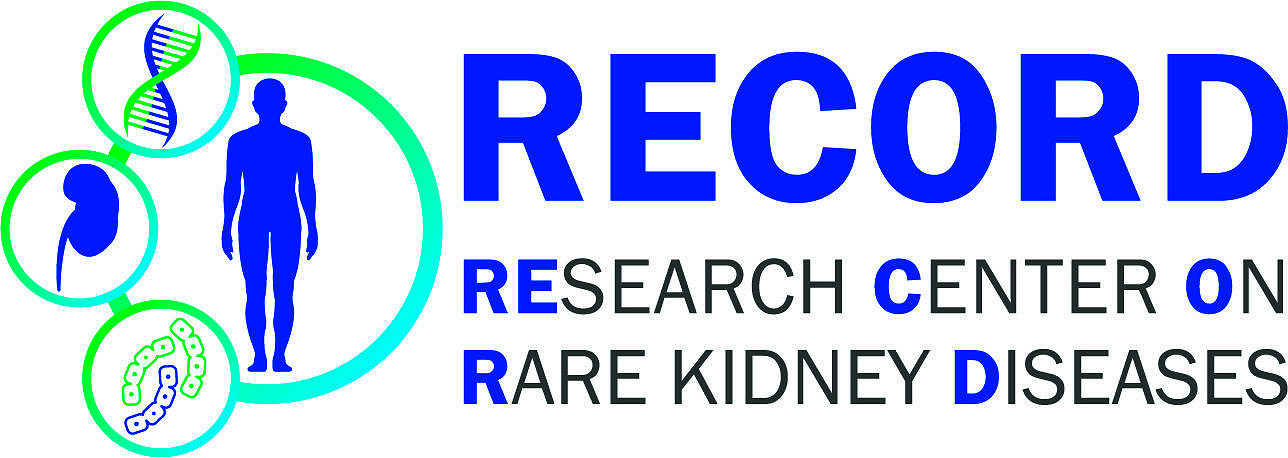Opposing roles of the miR-200b/c-ZEB1/2 axis in primary podocytopathies and diabetic nephropathy
Wissenschaftliches Arbeitsprogramm (Abstract)
Deciphering pathophysiological mechanisms of rare renal disease is an unmet need. Compared to secondary glomerular diseases like diabetic nephropathy, primary podocytopathies that are a subgroup of rare renal diseases might have a completely different pathomechanism but might still share the same pathways.
Micro-RNA dependent regulation of signaling pathways might have a context dependent role in different glomerulonephropathies. Micro-RNAs (miRs) are small non-coding RNAs that regulate gene expression in physiological processes as well as in diseases1. They are stable and detectable in human biofluids (urine and serum), making them feasible as potential biomarkers2. The miR-200-Zeb1/2 axis works via a feedback loop, influencing epithelial-to-mesenchymal transition, known to be implicated in fibrosis3.
We want to investigate the role of the miR-200b/c – ZEB 1/2 axis for podocyte and glomerular endothelial cell homeostasis in general, in diabetic nephropathy and in primary podocytopathies. In a miR screening, we found that miR-200b/c was upregulated not only in urines from patients with diabetic nephropathy but also in stressed podocytes.
We hypothesize that upregulation of miR-200b/c might play a role not only in primary podocytopathies, where it might be detrimental by downregulating podocyte VEGF-A, but also in diabetic nephropathy, where it might be beneficial by antagonizing EMT and increased VEGF-A. Established cell culture and zebrafish models are used to investigate the role of the miR-200b/c-ZEB1/2/VEGF-A axis in diabetic nephropathy and in primary podocytopathies. We will look for up-/downstream targets of miR-200b/c in cultured podocytes and glomerular endothelial cells exposed to various stress factors. Expression of miR-200b/c will be characterized through in situ hybridization on kidney tissue from patients with various podocytopathies and diabetic kidney disease and correlated with the stage of proteinuria and kidney function. We will inject miR-200b/c mimics in our zebrafish model for diabetic nephropathy (Pdx Knockout larvae) in a rescue approach. In contrast to that, miR-200b/c mimics will be overexpressed in wild type zebrafish to screen for signs of podocytopathies.
We aim to determine the significance of miR-200b/c and of the transcription factors Zeb1/2 for the primary and secondary podocytopathies, with the translational scope of exploring them as pathophysiological factors and biomarkers.
Bibliography:
- Filipowicz W, Bhattacharyya SN, Sonenberg N. Mechanisms of post-transcriptional regulation by microRNAs: are the answers in sight? Nat Rev Genet. 2008; 9:102–114. [PubMed: 18197166
- Long J, et al. MicroRNA-29c is a signature microRNA under high glucose conditions that targets Sprouty homolog 1, and its in vivo knockdown prevents progression of diabetic nephropathy. J Biol Chem. 2011; 286:11837–11848.
- Yamaguchi Y, Iwano M, Suzuki D, et al. Epithelial–mesenchymal transition as a potential explanation for podocyte depletion in diabetic nephropathy. Am J Kidney Dis. 2009; 54:653–664.

